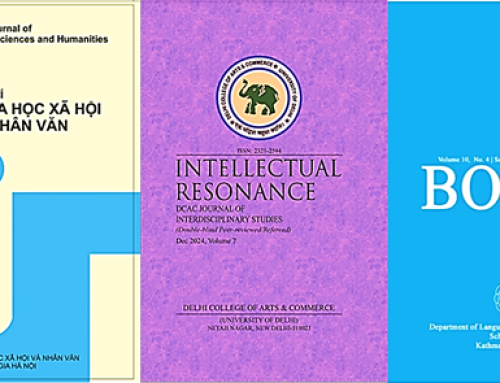As China, India, and ASEAN continue to rise, the global balance of power is shifting toward Asia. At the 2025 AAS-in-Asia conference in Nepal, United Digital Publications (UDP) launched the theme “Unearthing Hidden Gems in Asian Studies”, calling for high-quality Humanities and Social Sciences journals not yet fully included in major global platforms. Selected titles will be added to the Taiwan Academic Classics (TAC) platform, with free digitization and AI-powered search support provided by UDP to help these journals reach a wider global audience.
Scholars from across South and Southeast Asia responded with great interest. Institutions initiating discussions on collaboration include: Kathmandu University, Tribhuvan University (Nepal), University of Delhi (India), University of the Philippines, University of Santo Tomas, Muragala CPPP (Sri Lanka), University of Balochistan (Pakistan), Petra Christian University (Indonesia), University Press Limited (Bangladesh), and the Thangka Art and Culture Association of Tibet. Newly added content will be released over the coming six months.
UDP’s focus on Asian perspectives complements the conference’s core theme—amplifying marginalized voices and challenging dominant narratives. We look forward to collaborating with more academic communities across Asia to ensure their ideas and insights are seen, read, and recognized.
【Conference Reflections】
◆ Can the voices from the Himalayas reshape Global Asia?
“Can the dust of Kathmandu carry as much weight as Silicon Valley’s code in academic discourse?” This year’s AAS-in-Asia focused on “Margins, Modernities, Mobilities,” highlighting Nepal as a crossroads of Tibetan, Indian, and Chinese influences. Migrant workers returning not only with remittances but with hybrid lifestyles offer a living example of how globalization is experienced—and redefined—on the periphery.
◆ What happens when AI misreads Asia?
As AI tools enter the humanities, scholars warn: when systems are trained on Western-centric data, so-called “objective” analysis can distort the meaning of Asian texts and images. From underrepresented languages to flawed image recognition, the gaps are real—and growing.






